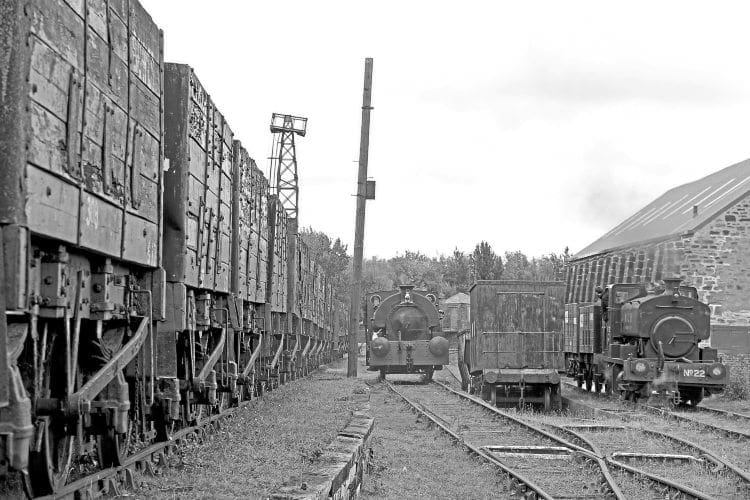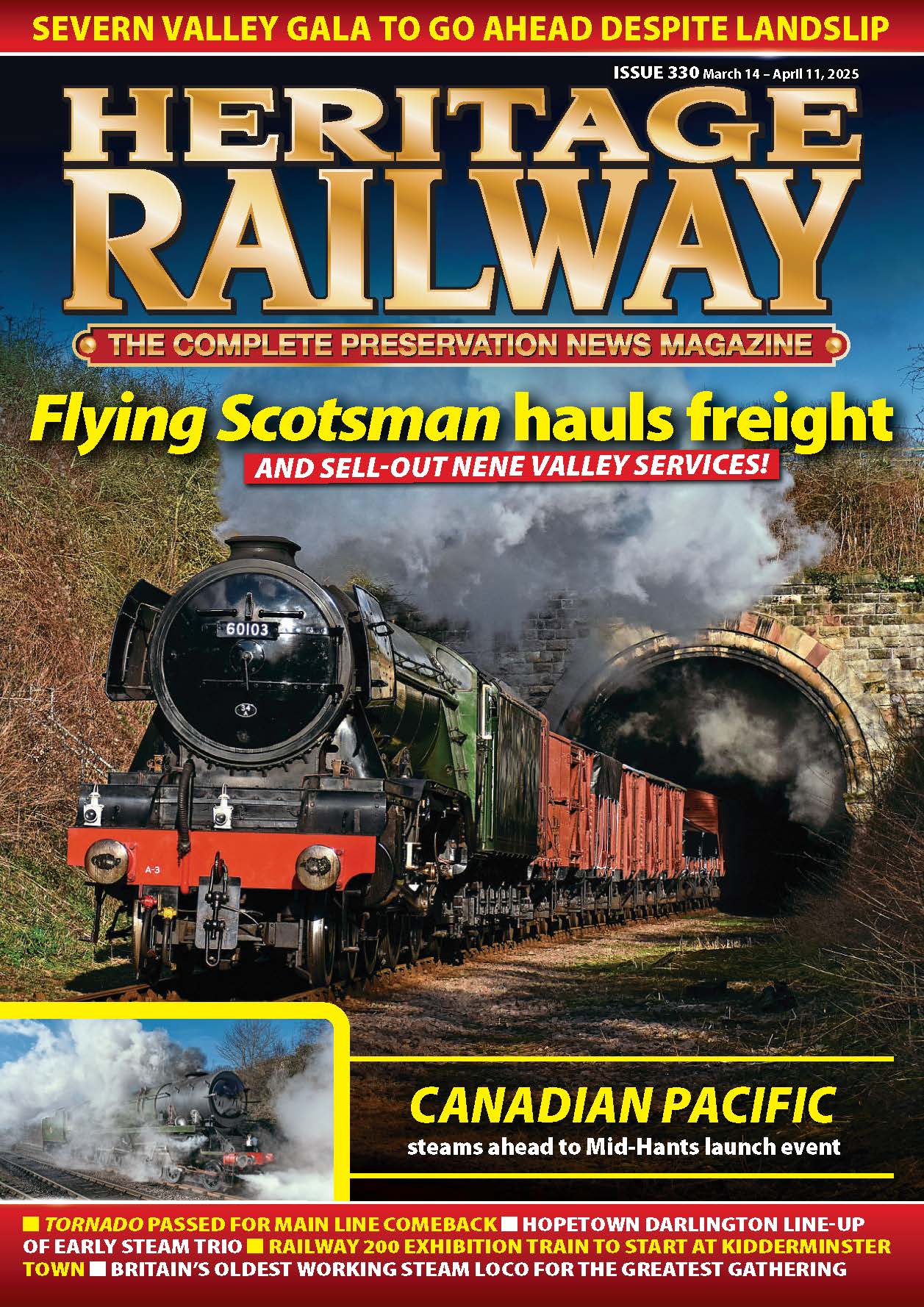National Coal Board steam lingered on in the North East into the 1970s. Chris Gee reminisces about a trip to the remains of the Bowes Railway in 1971, illustrated by more recent photographs showing how the preserved section of line has changed little in the intervening years.

It was a grotty Sunday in October, the kind of day without any promise of sunshine, a stiff cold breeze blowing in off the North Sea, the kind of day that really suits North East industrial steam.
I’d heard that there was still a chance of working industrial steam at a National Coal Board wagon repair shop in Springwell Village, Gateshead, County Durham, so I made the long trek up the A1 from York, the road still under construction in places, with long speed restrictions slowing the journey up north.
Enjoy more Heritage Railway reading in the four-weekly magazine.
Click here to subscribe & save.
I pulled my old Land Rover into the yard around midday, a wisp of steam betraying the presence of a working locomotive. Being a Sunday, there didn’t seem to be many staff about, but at least the loco was in steam. David Bowie’s Life on Mars was playing on the radio, my favourite track from his 1971 Hunky Dory album.
An old Andrew Barclay saddletank was simmering in the yard, workstained, but still clearly bearing the black livery of the National Coal Board, No. 6 Area, B Group. I’d found the Barclay amongst a collection of wooden-bodied coal wagons in the bauxite livery of the National Coal Board, Durham Area. The crew were absent, presumably taking a break, but the old Barclay was coaled up and waiting for an afternoon’s workings.
Read more in Issue 226 of HR – out now!
Advert
 Enjoy more Heritage Railway reading in the four-weekly magazine. Click here to subscribe.
Enjoy more Heritage Railway reading in the four-weekly magazine. Click here to subscribe.




